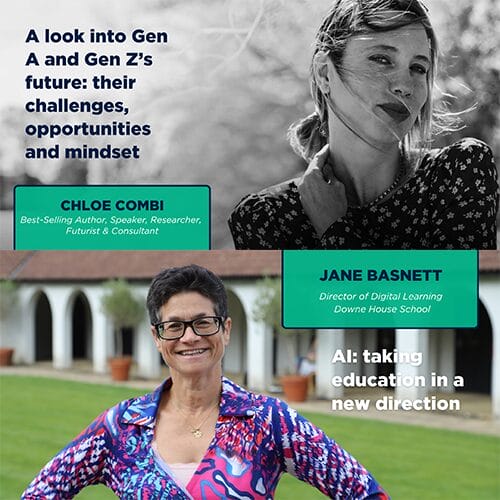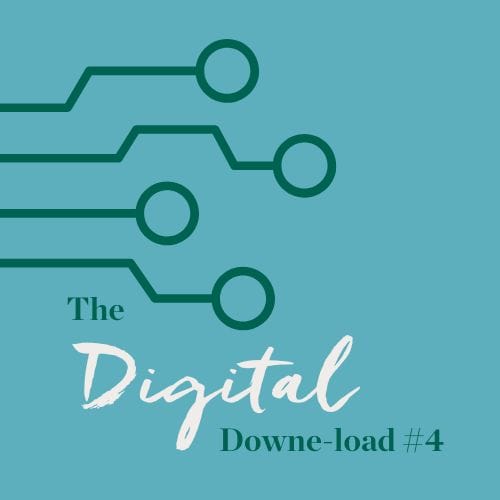
Equity, Diversity, and Inclusion (EDI) are crucial components of a healthy school culture. A focus on EDI creates a welcoming, supportive environment where every student and staff member can thrive. At Downe House, we have chosen to focus our attention towards the nine protected characteristics as per the Equality Act (2010). These include age, disability, gender reassignment, marriage and civil partnership, pregnancy and maternity, race, religion or belief, sex and sexual orientation.
In an education setting, EDI ensures that all students and staff feel valued and respected, regardless of their background. It helps to create a learning environment that is free from discrimination and bias, and that promotes the development of critical thinking skills. EDI also helps to foster a sense of community and belonging, which is essential for student success. When students feel safe and supported, they feel that they can achieve anything.
Implementing EDI in schools can be challenging. One of the primary challenges is to facilitate the shift from “equality” to “equity”.¹ This means that for opportunity to be truly equal, the individuals within a system may all require something slightly different, be that support tools, nuanced language, different teaching methods, or simply more time. Equality – offering everyone the same in order to “level the playing field” – is not the same as equity.
The second challenge is to change the narrative around “normal” and “different”. What is normal anyway, and what constitutes difference? For the most part, “different” is down to subjective opinion. Perhaps the most important characteristic of being human is our individuality, so the first step is to abandon any preconception of what is “normal”. We need to do the same with “disability” – even “less able” has negative connotations, which we must abandon in order to be truly inclusive.
The third challenge is to consciously teach inclusivity and countering embedded societal attitudes when children enter the education system, from primary school onwards. If we are to create the necessary and integral change in society, we must start here, at the beginning, by acknowledging and challenging the social constructs that perpetuate discrimination and ensure our education system teaches core values that instil awareness, consideration and respect for others.
Promoting EDI in the classroom is essential for creating a welcoming and inclusive environment. Strategies that teachers might use to promote EDI in the classroom include:
- Use diverse teaching materials
Teachers can use diverse teaching materials that reflect the diversity of their students. This includes using books, videos, and other resources that feature diverse characters and perspectives. This helps students to see themselves reflected in the curriculum and promotes a sense of belonging. - Create a safe and inclusive classroom environment
Teachers can create a safe and inclusive classroom environment by setting clear expectations for behaviour and language. They can also use inclusive language and avoid making assumptions about students based on their background. - Encourage student participation
Teachers can encourage student participation by creating opportunities for all students to share their perspectives and experiences. This can be done through class discussions, group work, and other activities that promote collaboration and teamwork. - Provide professional development opportunities
Teachers can improve their own understanding of EDI by participating in professional development opportunities. This can include attending workshops, conferences, and other training sessions. - Be aware of implicit biases
Teachers should be aware of their own implicit biases and work to overcome them. This can be done by reflecting on their own experiences and assumptions, and by seeking out diverse perspectives and experiences.
Learning about EDI at Secondary School can have a positive impact on students’ future.
- Promotes Empathy and Understanding
By learning about different cultures, identities, and experiences, students can develop a greater sense of empathy and understanding for those who are different from them. This can help to reduce prejudice and discrimination. - Prepares Students for the Global Workforce
In today’s globalised world, it’s likely that students will work with people from diverse backgrounds in their future careers. Understanding EDI can help students to navigate these interactions successfully. - Encourages Critical Thinking
Discussing complex issues related to EDI can help students to develop critical thinking skills. They learn to question assumptions, consider multiple perspectives, and make informed decisions. - Fosters a Sense of Belonging
When all students see themselves represented and valued in the curriculum, it can foster a greater sense of belonging. This can improve students’ self-esteem and academic performance. - Promotes Social Justice
By learning about EDI, students can become more aware of social injustices and feel empowered to challenge them. This can help to create a more equitable and inclusive society. - Develops Leadership Skills
Students who understand EDI are often better equipped to take on leadership roles, as they can advocate for themselves and others, and lead in a way that respects and values diversity.
In conclusion, incorporating EDI into secondary education is not just beneficial, but essential in preparing students for a diverse and inclusive world. It’s a powerful tool for personal growth, social development, and academic success. What may initially seem daunting for staff can, with support, create an enormous amount of professional growth and further develop positive class dynamics.
References
1 Imperial College Business School. (2023, January 17). Leading EDI through education: Challenges to systemically changing mindsets. https://www.imperial.ac.uk/business-school/ib-knowledge/strategy-leadership/leading-edithrough-education-challenges-systematically-changing/
2 High Speed Training. (2022, November 16). How to Promote Equality, Diversity & Inclusion in the Classroom. https://www.highspeedtraining.co.uk/hub/classroom-equality-diversity/
‘Embedding EDI into the Classroom: Five Practical Strategies‘ by Sara Palmer, published in The Enquiry: Issue 7.
The Enquiry is a staff journal dedicated to reflections on educational research, and teaching and learning at Downe House School. Issue 7 was published in March 2024, looking back at Michaelmas term 2023.
All previous issues can be found here: The Enquiry by downehouseschool Stack – Issuu.













